What is Fall Protection
Fall protection is a critical component of workplace safety, designed to prevent injuries and fatalities from falls at height. This system is crucial for individuals who work in environments where there is a risk of falling from an elevated position, such as construction sites, warehouses, and utility services. The primary goal of fall protection is to provide a secure and safe working environment by minimizing the potential for falls or by stopping a fall before it results in serious injury.
The principles of how fall protection works are centered around the prevention, restraint, and arrest of falls. Prevention involves creating a work environment that eliminates the risk of falls through engineering controls such as guardrails or safety nets. Restraint systems, such as body belts and lanyards, keep workers from reaching the edge where a fall could occur. Arrest systems, including full-body harnesses and self-retracting lifelines, actively stop a worker's fall within a short distance and reduce the impact forces on the body.
For employers and safety managers, it is essential to understand the different types of fall protection available and implement the appropriate systems based on a thorough hazard assessment. Fall protection equipment must comply with regulatory standards to ensure they are capable of withstanding the forces generated during a fall and to provide maximum protection for workers.
Types of Fall Protection
In the realm of workplace safety, there exists a spectrum of fall protection equipment designed to safeguard workers who perform tasks at various heights. Here is an overview of some common types:
Body Harnesses: These are full-body devices that distribute fall forces across the shoulders, thighs, chest, and pelvis. They are commonly used in combination with other components such as lanyards or retractable lifelines to form a complete personal fall arrest system.
Lanyards: A lanyard is essentially a flexible line used to secure a worker's harness to an anchor point. They come in various materials and lengths and may include features like shock-absorbers to reduce the impact force in case of a fall.
Retractable Lifelines: Also known as self-retracting lanyards (SRLs), these devices allow for greater freedom of movement while still providing protection. They extend and retract automatically, adjusting to the worker's movements, and quickly lock in place if a sudden acceleration (as in a fall) is detected.
Anchorages: An anchorage is a secure point of attachment for lifelines, lanyards, or deceleration devices. The choice of anchorage depends on the work environment and should be able to support the substantial forces exerted during a fall arrest event.
Guardrail Systems: These are barriers erected on exposed edges or platforms to prevent workers from falling. They can be permanent fixtures or temporary setups for specific projects.
Safety Nets: Installed below work areas at height, safety nets catch falling individuals before they hit lower levels or ground, substantially reducing the risk of serious injury.
How to Choose Fall Protection
Selecting suitable fall protection equipment requires careful consideration of several factors. The nature of the tasks being performed, the work environment's characteristics, and compliance with safety regulations are paramount when choosing this crucial safety gear for businesses engaged in B2B sales.
When assessing body harnesses, it is important to take into account not only their material and durability but also their suitability for different body types and working conditions. For example, harnesses with breathable fabric may be preferred in hot climates. Similarly, lanyards need to be chosen based on their length and shock-absorbing capabilities depending on the height at which work will be performed.
Retractable lifelines must be selected based on their ability to lock rapidly during a fall while allowing sufficient mobility during work tasks. Anchorages should be evaluated for their strength and compatibility with various structures present at the worksite.
For guardrail systems and safety nets, consider their ease of assembly and whether they meet the necessary safety standards for your industry. Each piece of equipment plays an integral role in forming an interdependent system that ensures workers' safety at heights; therefore, ensuring compatibility among different components is essential.
Businesses must also consider after-sale services like availability of spare parts or maintenance support when investing in fall protection equipment through B2B channels.
Best Fall Protection on Alibaba.com
Alibaba.com stands out as an exemplary B2B marketplace that bridges the gap between businesses seeking robust fall protection solutions and reputable suppliers offering a wide array of products tailored to diverse industrial needs. By leveraging Alibaba.com's extensive network, businesses can find specialized equipment that aligns with their specific requirements without sacrificing quality or compliance standards.
With over two decades in operation since its inception in 1999, Alibaba.com has become synonymous with global trade facilitation. The platform emphasizes user-friendly features like mobile accessibility and multilingual communication support which streamline the purchasing process for buyers worldwide. Moreover, services such as Trade Assurance provide an additional layer of security by ensuring that payments are protected until order fulfillment is confirmed.
For businesses aiming to equip their workforce with reliable fall protection gear, Alibaba.com offers access to an extensive range comprising various materials from polyester harnesses to steel wire lanyards infused with high-strength features — all without minimum order constraints that often restrict smaller enterprises from acquiring quality equipment. With Alibaba.com's commitment to supporting small and medium-sized businesses through comprehensive online trade solutions, sourcing fall protection equipment becomes not just a transaction but an integral part of fostering safer workplaces globally.
Common FAQs for Fall Protection
What is the purpose of fall protection in the workplace?
Fall protection is designed to prevent or minimize injuries from falls at height, ensuring a safer work environment for employees who perform tasks above ground level or in elevated positions.
How does a full-body harness contribute to fall protection?
A full-body harness distributes the forces endured during a fall across the worker's body, reducing the risk of injury by providing support to key areas, including shoulders, chest, thighs, and pelvis.
What should be considered when selecting an anchorage point?
When selecting an anchorage point, it's crucial to ensure that it can support the substantial forces of a fall arrest event and is compatible with the fall protection system being used.
Are there different types of lanyards available for fall protection?
Yes, there are various types of lanyards with specific features like different materials, lengths, and shock-absorbing capabilities to suit different work environments and heights.
What is the role of retractable lifelines in fall protection?
Retractable lifelines provide workers with mobility while working at height and have a locking mechanism that activates in case of a sudden acceleration to arrest a fall quickly.
How do guardrail systems prevent falls?
Guardrail systems act as barriers placed on edges or around openings to prevent workers from accidentally stepping into a fall hazard area.
When are safety nets most applicable in fall protection?
Safety nets are used when passive or collective protection is needed, typically installed below high work areas to catch falling individuals or debris.
What factors should businesses consider when purchasing fall protection equipment?
Businesses should consider the specific tasks being performed, compatibility with other equipment, compliance with safety standards, material durability, and after-sale services when purchasing fall protection equipment.
Can fall protection equipment be customized for specific industry needs?
Yes, some suppliers offer customization options for fall protection equipment to meet the specific needs of various industries and applications.
What maintenance is required for fall protection equipment?
Regular inspections and maintenance are required for all fall protection equipment to ensure they remain in good working condition and comply with safety standards.
Is training necessary for workers using fall protection equipment?
Yes, proper training on the correct use, inspection, and maintenance of fall protection equipment is essential for worker safety and regulatory compliance.
Are there any weight limits for using fall protection gear?
Fall protection gear typically has weight limits specified by the manufacturer, which should be adhered to for safety and effectiveness of the equipment.
How often should fall protection equipment be replaced?
The replacement schedule for fall protection equipment depends on the manufacturer's guidelines, usage frequency, and results from regular inspections for wear or damage.






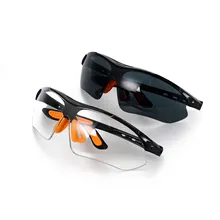



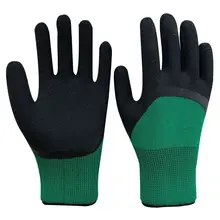






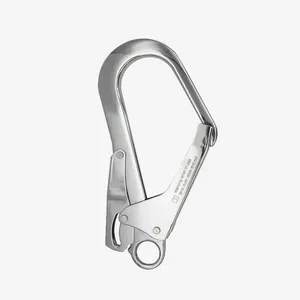
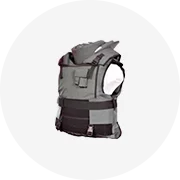
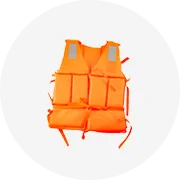
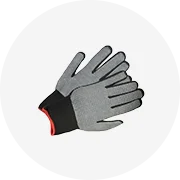
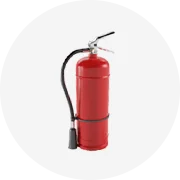
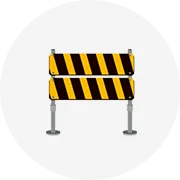








 浙公网安备 33010002000092号
浙公网安备 33010002000092号 浙B2-20120091-4
浙B2-20120091-4